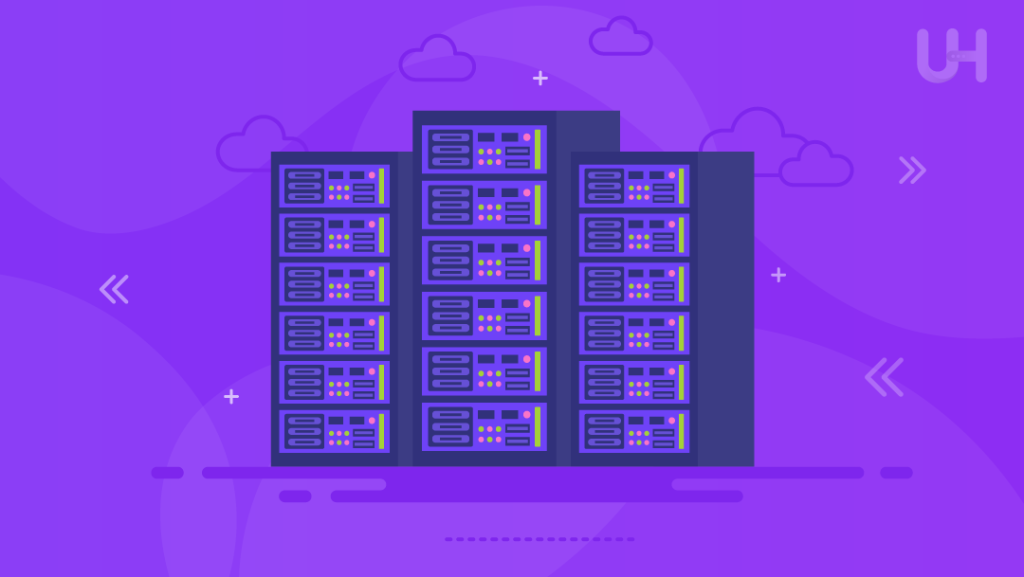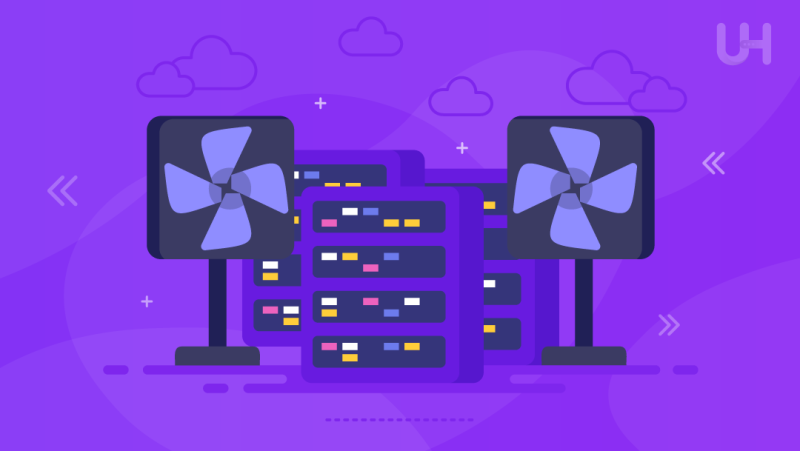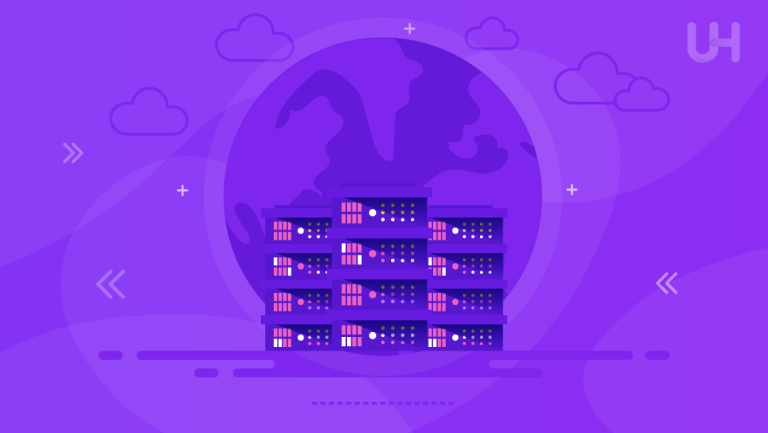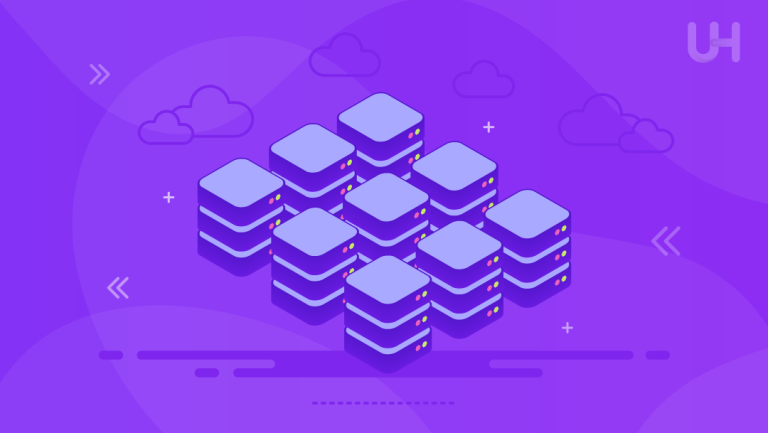Data centers are the backbone of modern digital infrastructures, housing servers that process and store very large volumes of data. Since these servers never stop running, they generate tremendous heat. If this is not correctly managed, the result is equipment failure, reduced performance, and very expensive downtime. An effective data center cooling system maintains the optimum performance of the servers and extends hardware life.
In this blog, we will discuss the importance of data center cooling, the cooling systems available, and the latest trends and innovations in the field. Understanding these different aspects enables businesses to ensure their data centers operate efficiently and sustainably for long-term success.
What Is Data Center Cooling?
Data center cooling refers to maintaining the temperature within a data center at optimum levels, essentially preventing the overheating of servers and related IT equipment. Higher temperatures are a direct consequence of these servers’ huge data processing and storage. In the absence of a proper cooling system, excessive heat may cause degradation in the performance of servers and lead to hardware failure, which can even cause shutdowns.
The cooling system is designed to dissipate this heat efficiently, keeping an operating environment favorable for servers. Thus, effective cooling means consistent high server performance, lower possible data center downtime risks, and longer equipment life. So, data center cooling is a crucial component of managing modern IT infrastructure.
Types Of Data Center Cooling Systems
- Air-Based Cooling: This is the traditional method wherein cool air cools the temperature inside a data center. Air is circulated with the help of fans through the servers, and the hot air is then vented out, keeping the environment within a good range for the equipment.
- Liquid Cooling: This method uses coolants to absorb heat directly from the servers. It is highly effective and thus preferred in high-density data centers that produce high heat levels.
- Evaporative Cooling: It cools the air through the evaporation of water, thereby considerably reducing the requirement for energy-consuming air conditioning. It’s friendly to the environment and an energy-efficient solution for cooling air.
- Immersion Cooling: Advanced system in which servers are submerged in a dielectric liquid that absorbs and dissipates the heat without fans.
Thermal Management Strategies
- Hot and Cold Aisle Containment: The servers are lined up in an alternation where the hot air at the back of the servers faces one aisle, and the cooling air from the cooling units faces another. It ensures that the flow of air is correct in circulation with a proper temperature.
- Temperature Control: Strategically placed sensors across the data center always monitor temperature levels. This helps make necessary real-time adjustments to the cooling mechanism so that the server works optimally.
- Variable Fan Speed Control: Adjust the fan speed depending on the sophistication of the load, server work, and temperature to reduce excessive energy use while providing sufficient cooling.
- Efficient Placement of Racks: Proper spacing among server racks ensures uniform airflow, has no hotspots, and hence generally cools efficiently.
Cooling System Types

- Direct Expansion (DX) Cooling: This technology cools the air directly through refrigerant. It is a low-cost solution for small to medium-sized data centers, where cooling units are placed near the server racks to cool that area efficiently.
- Chilled Water Cooling: This type is served by a central chiller, which cools the water that circulates through cooling coils in the data center. It is based on efficient energy consumption for larger facilities with a higher cooling demand.
- In-Row Cooling: Situated between rows of server racks, in-row cooling offers localized cooling to reduce hot spots and enhance efficiency by reducing the distance air must travel.
- Rear Door Liquid Heat Exchanger: These are installed on the back of server racks. They include water-cooled heat exchanger mechanisms for direct absorption and dissipation of heat, hence increasing energy efficiency.
Airflow Optimization
Hot and Cold Aisle Layout
One of the most efficient ways to optimize airflow is by setting up servers in a hot-and-cold aisle configuration. This configuration leads cold air inside the front of the servers while channeling hot air through the back. This reduces the possibility of heat recirculation. This rather simple yet powerful strategy improves cooling efficiency and reduces energy consumption.
Raised Floor Systems
Another method for optimizing airflow in data centers is the raised floor system. These systems deliver cool air from underneath the floor up through perforated tiles to cool equipment. A targeted delivery system helps regulate temperatures and attempts to minimize cooling inefficiencies.
Maximize Performance with Dedicated Servers!
Optimize your server performance with Fully Managed Dedicated Servers, providing top-tier hardware and efficient cooling systems. This solution ensures your servers run smoothly with expert management and enhanced reliability.
Liquid Cooling Technology
Liquid cooling is the newest edge of heat management in data centers. It is much more effective than traditional air-based flows in traditional and hyperscale data centers. Rather than relying on air circulation, liquid cooling directly absorbs all the heat from storage servers through special fluids. This could be done through direct-to-chip cooling, whereby coolant actually flows through pipes connected to the important parts, or even immersion cooling, where servers are submerged in a non-conductive liquid.
Liquid cooling is especially valuable in high-performance computing and dense data centers, where tremendous amounts of heat will be generated. It not only improves cooling efficiency but also reduces energy and space costs; hence, it’s so future-forward.
Energy Efficiency Gains
The key benefit of newer cooling technologies for data centers is energy efficiency. Efficient cooling systems help reduce data centers’ total energy consumption. Techniques include liquid cooling and hot and cold aisle containment, which minimize wasted energy used in cooling.
Advanced airflow management systems, such as variable fan speed control and raised floor design, help to reduce high-power air conditioning further. These provide options for lower power costs, minimum environmental impact, and maintain workload increases without expanding their energy footprint. It makes sustainability one of the key aspects of data center management that decreases bounce rates.
Environmental Impact Reduction
Data centers have now become a priority with regard to environmental sustainability while increasing energy demands are put on them. The role of an efficient cooling system comes into play to minimize carbon footprints by reducing energy consumption. Liquid cooling and evaporative cooling techniques reduce the dependency on conventional air conditioning, which consumes more electricity and uses harmful refrigerants in the first place.
Besides this, it is also possible to cut greenhouse gas emissions further by powering up the cooling mechanisms with renewable sources, like solar or wind. Moreover, innovations in cooling allow data centers to operate much more sustainably and promote environmental responsibility while meeting the upward spiral in the requirement for data processing.
Cost-Effective Solutions
- Free Cooling: The practice employs outside air or water from immediate natural sources for cooling the data center space. This reduces the usage of energy-intensive mechanical systems and enhances energy costs.
- Economizer Systems: These systems grant cooling according to outdoor conditions, utilizing cooler outside air whenever possible to reduce the need for constant and expensive air conditioning.
- Energy-Efficient Equipment: Investing in energy-efficient cooling technologies, like variable-speed fans or chillers, can reduce power consumption and provide long-term savings.
- Regular Maintenance: Proper maintenance of cooling systems ensures efficiency at all times. It prevents costly breakdowns and saves energy.
Future Cooling Trends
Current and future data center cooling trends focus on energy efficiency, sustainability, and performance. Liquid cooling, especially immersion cooling, is one talk of the town gaining momentum. It can handle high-density workloads rather convincingly, reduce energy consumption time, and reduce server latency.
Another fast-developing form is AI-controlled cooling, in which real-time data is used to auto-optimize temperatures and airflow to improve efficiency. Others include using renewable sources of energy, such as geothermal and solar, to supplement cooling. Edge data facilities located closer to users will also have compact advanced cooling solutions as the facilities multiply. These are bound to make green data centers even more efficient.
Conclusion
Data center cooling is a key aspect in developing better web server performance, which in turn cuts energy consumption and prolongs equipment life. With the present rate of expansion in size and capacity, value development should continuously be occurring that can match higher demands for efficiency and sustainability. Among those, what earlier used to be traditional air-based concepts would transition to advanced concepts of liquid cooling and even AI-driven solutions.
Boost your server performance with UltaHost’s NVMe VPS, offering faster data processing and reduced latency. Combined with efficient cooling, this hosting solution ensures optimal speed and reliability, making it perfect for resource-intensive applications and websites demanding high performance and stability.
FAQ
What is data center cooling?
Data center cooling is the art of controlling the temperature of servers and IT equipment to prevent overheating and improve operational efficiency.
Why is cooling important for server performance?
Proper cooling prevents server overheating, thereby maintaining performance by preventing hardware damage and reducing downtime.
What are typical cooling systems for data centers?
Methods in common use include cooling by air, liquid cooling, evaporative cooling, and immersion cooling.
How does the optimization of airflow help?
This is done by optimizing airflow, such as hot/cold aisle containment, to improve cooling efficiency by correctly directing cool air to the servers and drawing out hot air.
What is liquid cooling in data centers?
Unlike air cooling, liquid cooling involves passing special fluids through servers to draw heat and dissipate it.
How can data centers reduce their environmental impact?
Data center efficiency is promoted through energy-efficient cooling systems, renewable energy sources, and free cooling techniques that lessen a data center’s carbon footprint.
What are the future trends in data center cooling?
The trends in development that are sure to create a more efficient, greener future include AI-driven cooling, immersion cooling, and the use of renewable energy.














